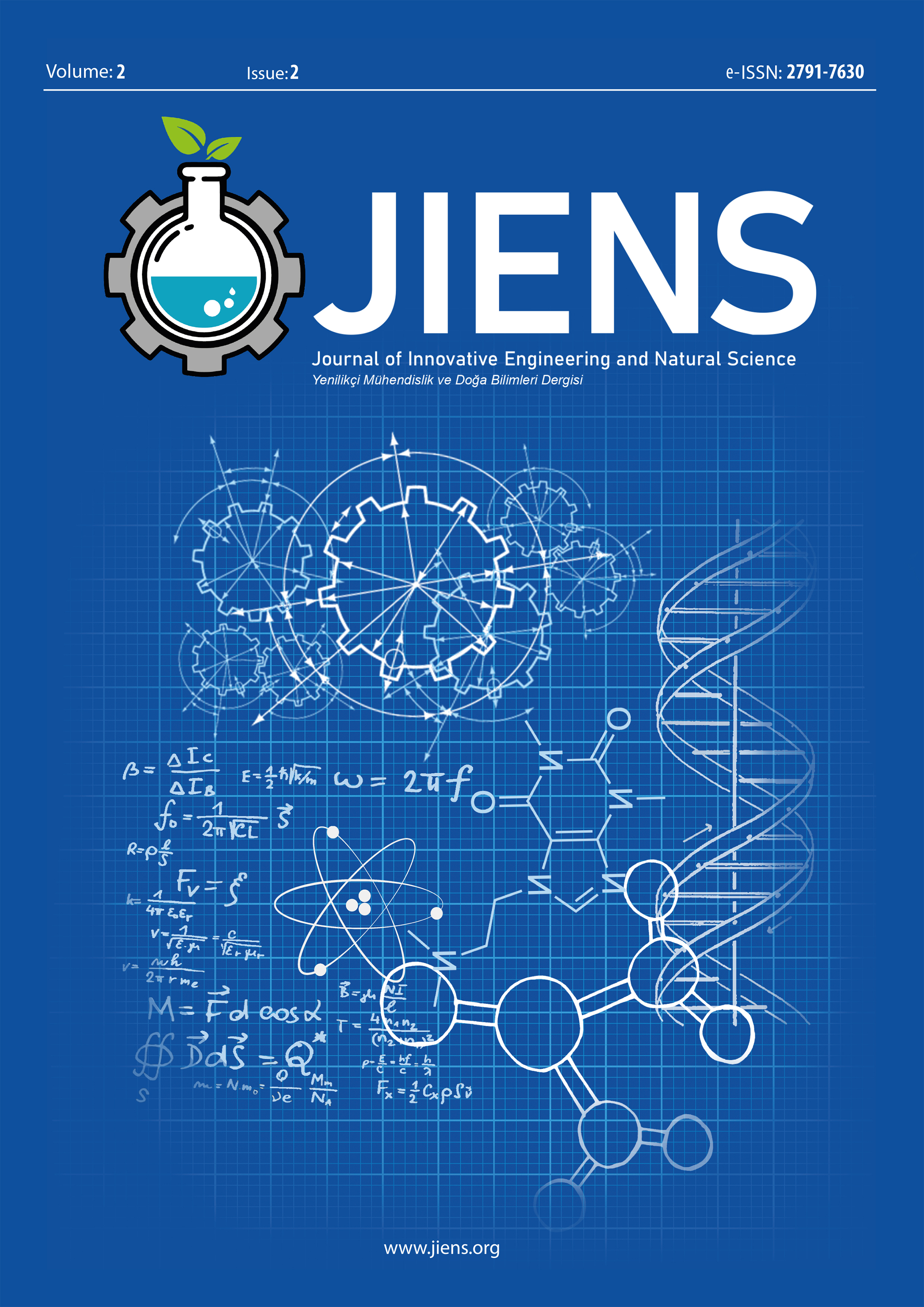Author :
Abstract
|
In this study, the effect of abrasion resistance and fineness modulus of the fine aggregates in the concrete mixture was investigated to determine the friction coefficient loss. Nine different concrete mixtures were obtained by using three different gradations and fine aggregates with three different Los Angeles (LA) wear resistance. A new accelerated polishing test method was conducted in a laboratory. In the new method, unlike other wheel polishing methods, a constant horizontal friction force was formed alongside the vertical pressure of the wheel contact area. The wet friction coefficients of the concrete surfaces were measured by the British Friction Pendulum. Test results showed that the most friction loss occurred in the fine aggregated concrete mixtures obtained from limestone with the lowest wear resistance, while the least loss values were obtained for basalt with high abrasion resistance. |
Keywords
Abstract
|
In this study, the effect of abrasion resistance and fineness modulus of the fine aggregates in the concrete mixture was investigated to determine the friction coefficient loss. Nine different concrete mixtures were obtained by using three different gradations and fine aggregates with three different Los Angeles (LA) wear resistance. A new accelerated polishing test method was conducted in a laboratory. In the new method, unlike other wheel polishing methods, a constant horizontal friction force was formed alongside the vertical pressure of the wheel contact area. The wet friction coefficients of the concrete surfaces were measured by the British Friction Pendulum. Test results showed that the most friction loss occurred in the fine aggregated concrete mixtures obtained from limestone with the lowest wear resistance, while the least loss values were obtained for basalt with high abrasion resistance. |
Keywords
- [1] Taneerananon, P. & Yandell, W.O. (1981) Microtexture roughness effect on predicted road–tire friction in wet conditions. Wear, 69(3), 321–337 https://doi.org/10.1016/0043-1648(81)90322-7
- [2] Person, B.N.J., Albohr, O., Tartaglino, U., Volokitin, A.I. &Tosatti, E. (2005) On the nature of surface
- [3] David, A., Kuemmel, R.C., Sontag, J.A., Crovetti, Y.B., John, R.J. & Allex, S. (2000) Noise and Texture on PCC Pavements. Final report multi-state study, Wisconsin Department of Transportation Kinsman Blvd., Madison, Report Number WI/SPR-08-99.
- [4] Thillainath, C., Peter, S., Manu, G.S., & Tim, S. (2003) Developing a Design Policy to Improve Pavement Surface Characteristics. Transportation Research Board 82th Annual Meeting, National Research Council, Washington D.C.
- [5] Todd E.H., Kurt, D.S., Roger M.L., & Mark E. S. (2003) Current Practice of PCC Pavement Texturing. Transportation Research Board 82th Annual Meeting, National Research Council, Washington D.C.
- [6] Henry, J.J. (2000) Eval[]uation of Pavement Friction Characteristics. NCHRP Synthesis 291 Transportation Research Board, Washington D.C.
- [7] Hall, J.W. (2009) Guide For Pavement Friction. NCHRP Project 1-43, Transportation Sector of Applied Research Associates (ARA).
- [8] Fwa, T. F. & Tan C.C. (1992) Laboratory Study of Microtexture-Related Skid Resistance Characteristics of Concrete Pavement Materials. Jour.of Testing and Evaluation, 20(3), 207-215.
- [9] TS EN 1097-8, (2000) Tests for mechanical and physical properties of aggregates- determination of polished Stone value. TSE, Ankara, Turkey.
- [10] Karpuz, O. (2008) Investigation of the Effect of Fine Aggregate Properties on the Surface Roughness of Concrete Road in Mixture. Ph.D. Dissertation, Karadeniz Technical University, Trabzon, Turkey.
- [11] Road Technical Specification (2006) General Directorate of Highways of Turkey: 170/2, Ankara.
- [12] TS EN 12390-3, (2002) Hardened concrete tests-Part 3: Determination of compressive strength in test samples. TSE, Ankara, Turkey.
- [13] TS EN 13036-1, (2010) Macro Structure Depth Detection. TSE, Ankara, Turkey.
- [14] Göktan, A. G. & Mitschke, M. (1995) Road Damage Caused by Heavy Duty Vehicles. International Journal of Vehicle Design, 16(1) https://doi.org/10.1504/IJVD.1995.061956
- [15] Park, D. W., Fernando, E. & Leidy, J. (2005) Evaluation of Predicted Pavement Response with Measured Tire Contact Stresses. Transportation Research Board, 1919(1), 160-170 https://doi.org/10.1177/0361198105191900117
- [16] TS EN 1341 (2004), Measurement of Resistance to Uncleaned Slip / Flush, TSE, Ankara, Turkey.
- [17] Li, B., Ke, G. & Zhou, M. (2011) Influence of manufactured sand characteristics on strength and abrasion resistance of pavement cement concrete. Construction and Building Materials 25(10):3849-3853 http://dx.doi.org/10.1016/j.conbuildmat.2011.04.004
- [18] Singh, M. & Siddique R. (2016) Effect of coal bottom ash as partial replacement of sand on workability and strength properties of concrete. Journal of Cleaner Production, 112(1), 620-630, http://dx.doi.org/10.1016/j.jclepro.2015.08.001
- [19] Choudhary, R., Gupta, R., Nagar, R. & Jain A. (2021) Mechanical and abrasion resistance performance of silica fume, marble slurry powder, and fly ash amalgamated high strength self-consolidating concrete. Construction and Building Materials, 269, 121282, http://dx.doi.org/10.1016/j.conbuildmat.2020.121282
- [20] ASTM C127-15, (2015) Standard Test Method for Relative Density (Specific Gravity) and Absorption of Coarse Aggregate.
- [21] ASTM C131/C131M-14 (2014) Standard Test Method for Resistance to Degradation of Small-Size Coarse Aggregate by Abrasion and Impact in the Los Angeles Machine.
- [22] Donza, H., Cabrera, O.ve Irassar E. F., High-strength Concrete With Different Fine Aggregate, Cement and Concrete Research, 32, 11 (2002) 1755–1761





